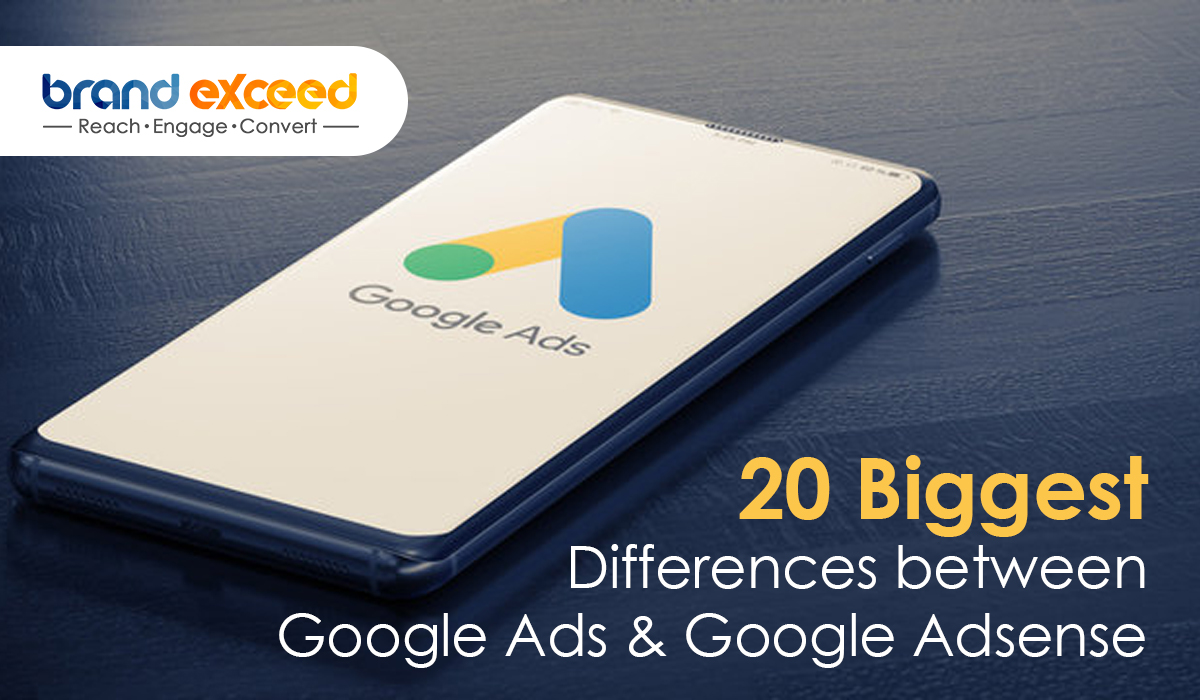The two advertising platforms that Google offers, Google Ads and AdSense, are frequently mentioned to those new to search marketing.
Google has two well-liked advertising platforms, Google Ads and Google AdSense, which companies and website owners utilize to generate income and build their brands. There are some notable distinctions between the two platforms, even though they both serve the same advertising function on Google’s network.
Google Ads is a pay-per-click (PPC) advertising platform that allows companies to develop and display ads on Google search results pages and other websites and platforms that are part of the Google network. Those who search for certain keywords or visit websites relating to their goods or services see the advertisers’ adverts because they have bid on certain placements and keywords. The use of Google AdWords by companies to connect with potential clients and increase website traffic.
On the other hand, Google AdSense is an advertising network that enables website owners to make money by placing advertisements on their websites. Website owners receive a share of the money made from clicks or impressions on the ads by paying Google to display them on the AdSense network. To monetize their websites without handling the advertising themselves, many website owners turn to Google AdSense.
This blog post will delve deeper into the key distinctions between Google Ads and AdSense, including their goals, target markets, business methods, and ad types. By being aware of the distinctions between these two platforms, you may select the one that best suits your advertising objectives and financial constraints.
What is Google Ads?
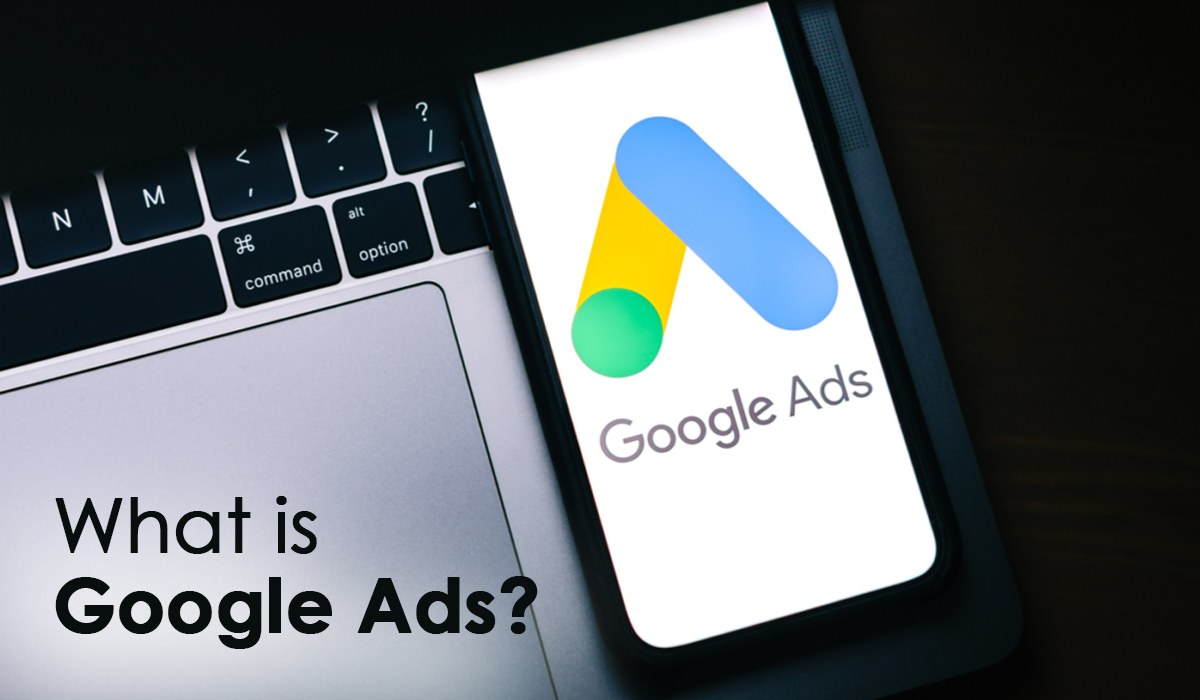
Google Ads is an advertising platform that enables organizations and individuals to create and publish advertisements for display on Google’s search engine and other websites that are a part of the Google Display Network. With Google AdWords, companies can place bids on particular keywords to appear in search engine results when customers use those keywords. Additionally, the platform enables companies to place their advertisements on other websites that are a part of the Google Display Network, a global network of millions of websites. There are numerous ad forms available with Google AdWords, including text advertisements, image ads, video ads, and more. Businesses only pay through the platform’s pay-per-click (PPC) model when a user clicks on their advertisement. Google AdWords provides businesses with a potent tool to reach a larger audience and increase traffic to their website.
What is Google Adsense?
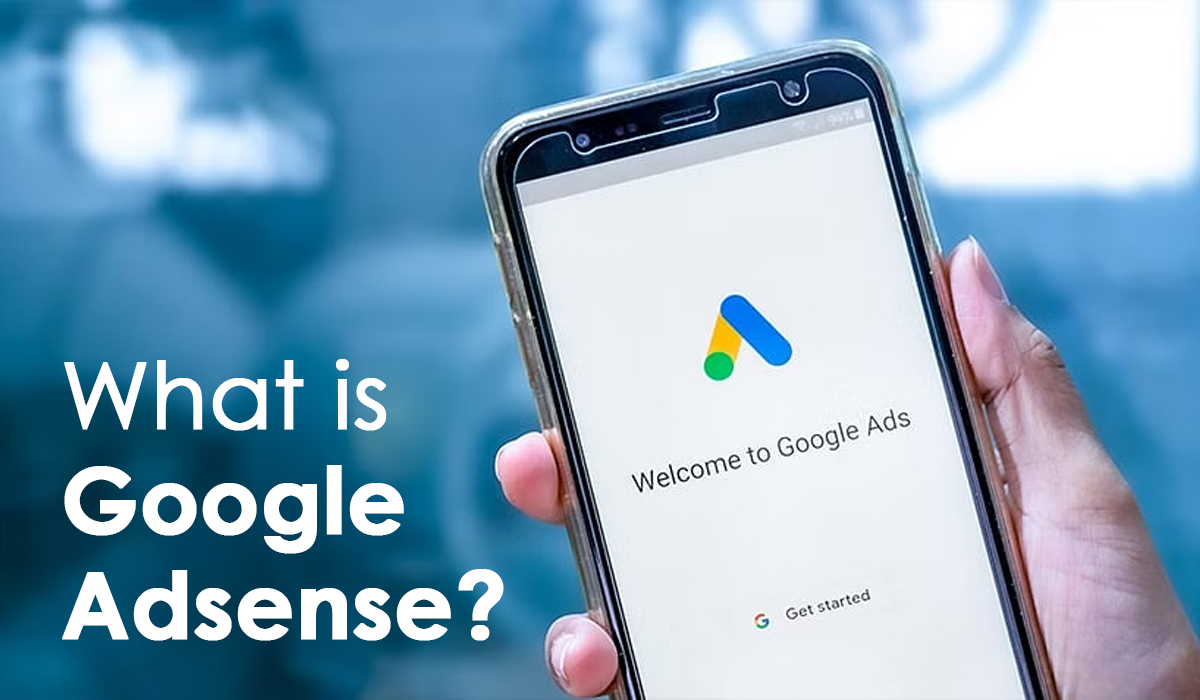
With Google AdSense, website owners and bloggers may monetize their websites by displaying relevant advertisements on them. It is one of the most well-known advertising networks, and Google owns and runs it.
Website owners can use AdSense to add tailored, content-related adverts to their sites and make money when visitors view or click on them. AdSense selects the best appropriate advertisement for a given website or page based on the content and the visitor’s previous browsing activity after advertisers place bids for ad space.
Difference Between Google Ads and Google Adsense
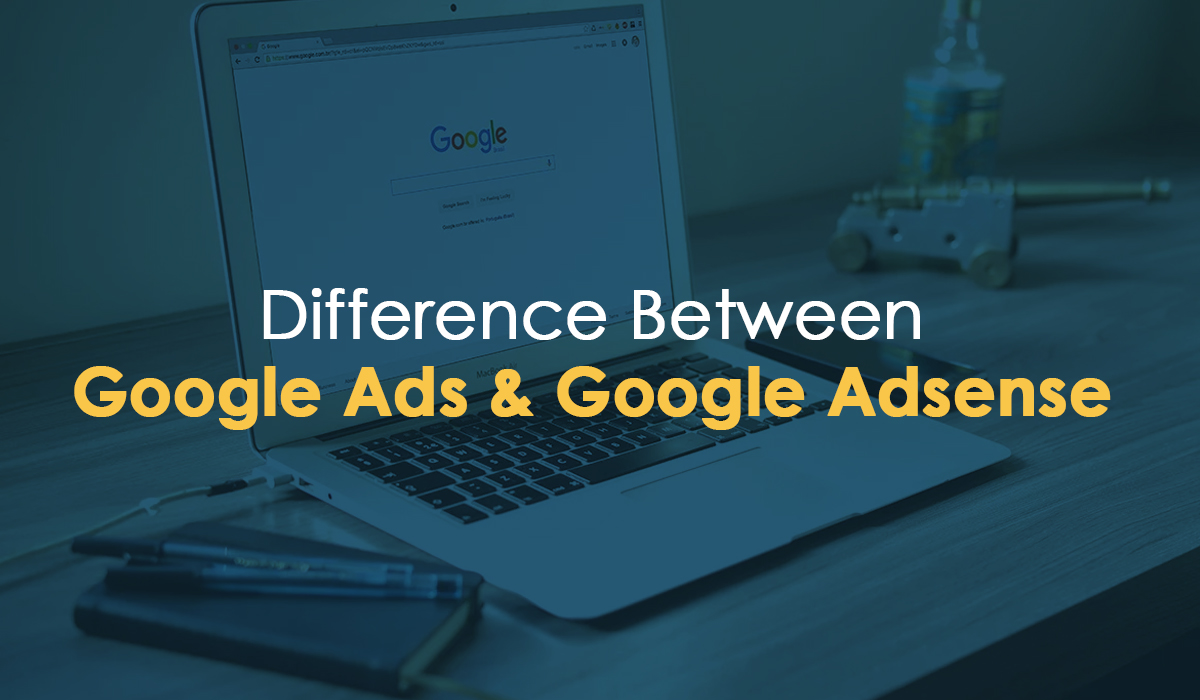
| Basis | Google Ads | Google Adsense |
| Used by | Google advertising is used by marketers to insert advertisements on search engine result pages. | Publishers use Google AdSense to display advertisements on their websites. |
| Channel | Google Adwords is a media buying platform. | The advertising sales channel is known as Google Adsense |
| Launched | Google first released Adwords in the year 2000. | Google debuted its web-based Adsense service on June 18, 2003. |
| Registration | Creating an account with Google Adwords is moderately simple. Just sign up for a new account or log in with your Google account to proceed. | When registering for Google Adsense, more precise information is needed, such as personal information, account type, website URL, and language. |
| Show on | Adwords are displayed on specific search results pages. | Adsense permits ad and page content customization. |
Google provides two distinct advertising platforms: Google Ads and Google AdSense. The following are the 20 key distinctions between them:
1. Purpose:
The platform Google Ads (formerly Google AdWords) allows advertisers to design and oversee paid search and display advertising campaigns. To have their ads displayed on Google search results in pages and other websites that are a part of the Google Display Network, advertisers bid on particular keywords and target audiences.
On the other hand, Google AdSense is a service that allows website owners and publishers to place advertising on their websites and make money from clicks or ad impressions. Publishers can display adverts from Google Ads advertisers on their websites by inserting the code provided by AdSense.
2. Audience:
Businesses and marketers who want to market their goods or services to prospective clients through targeted advertising are the main target market for Google Adwords.
On the other hand, Google AdSense offers to publishers and website owners that want to monetize their website visitors by displaying advertising.
3. Control:
Through Google AdWords, advertisers have more control over their advertising campaigns. Companies can choose precise keywords, focus on audiences based on their interests, behaviors, and demographics, and they can also set a budget and bid for their advertising.
With AdSense, publishers have less control over the advertisements that appear on their websites. The advertising themselves is decided by Google’s algorithm depending on the page’s content, but they can choose the ad forms and units to display.
4. Payment:
Advertisers in Google Ads are paid when someone clicks on their ad (pay-per-click, or PPC) or is shown a specific number of times (cost-per-impression or CPM).
Using AdSense, website owners that display advertisements on their pages get a cut of the money made from clicks or impressions on those ads.
5. Placement:
Using Google AdWords, marketers may pick which websites, search results pages, or other Google properties their ads will appear on.
Publishers have less control over where ads are shown when using AdSense. Typically, the adverts appear in the website’s header, sidebar, or footer, designated for online advertising.
6. Reach:
Google Ads allows advertisers to reach a larger audience across Google’s search network and the Google Display Network. At the same time, AdSense ads are only displayed on websites that are part of the Google Display Network.
Regarding “reach,” Google Ads has a greater reach because it enables marketers to display their ads on Google search results on pages, YouTube, Google Maps, and other Google partner websites. On the other hand, Google AdSense reaches a more specific audience because the ads are shown on websites related to the advertiser’s goods or services.
7. Performance:
The performance of Google Ads can be measured by the number of clicks, impressions, click-through rates (CTR), conversion rates, and return on investment (ROI). The effectiveness of Google AdWords largely depends on the advertiser’s capacity to develop pertinent and compelling ad campaigns that connect with their target market.
The performance of Google AdSense can be measured in terms of the number of clicks, impressions, CTR, and revenue generated by the website owner. The effectiveness of AdSense advertising mostly depends on how well they relate to the website’s content and how well it can draw in high-quality visitors.
In conclusion, because Google AdSense and Google Ads have different audiences in mind and serve different functions, their performance is varied. Google AdSense focuses on the website owner’s capacity to draw highly qualified traffic and generate income from showing advertisements. At the same time, Google Ads concentrates on the advertiser’s capacity to construct relevant and compelling ad campaigns that drive conversions.
8. Ad Approval:
AdSense displays advertising on a website immediately when the ad code has been placed, whereas Google Ads requires approval before they can be seen. However, AdSense has the right to check ads after they appear to ensure they adhere to Google’s ad regulations.
Both Google AdSense and Google Ads follow a similar method for approving advertisements. When publishers and advertisers submit their ads to Google for approval, Google uses both automated and human evaluations to make sure the ads adhere to its regulations and standards. Ads that are not accepted may be rejected or require revisions to comply with Google’s regulations. The approval process normally takes a few days.
9. Cost:
Since marketers must pay for each click or impression, Google AdWords might be more expensive than AdSense. On the other side, AdSense offers website owners a passive income stream.
Google Ads and Google AdSense have various pricing models in terms of price. In the pay-per-click (PPC) pricing model used by Google AdWords, marketers are charged each time a user clicks on their advertisement. The click price changes according to the level of competition for the selected keywords and the ad’s quality score.
In summary, Google AdSense and Google Ads are priced differently, with Google Ads utilizing a pay-per-impression model for publishers and a pay-per-click one for advertisers.
10. Targeting:
Google Ads, formerly Google AdWords, is a platform for online advertising that enables companies to design and publish advertisements across several Google services, such as Google Search, YouTube, Gmail, and more. Advertisers using Google AdWords can target particular keywords, demographics, interests, and locations, among other targeting possibilities, to reach their chosen audience.
On the other hand, Google AdSense is a platform that allows website owners and publishers to monetize their website visitors by showing pertinent advertising on their pages. AdSense connects advertisements with the website content of publishers and distributes a portion of the proceeds from clicks or ad impressions to publishers. Among other things, AdSense targets advertisements based on the website’s content and the user’s browsing history.
11. Advertiser vs Publisher:
While Google AdSense is made for website owners who want to monetize their sites by displaying advertising, Google Ads is made for advertisers who want to produce and run ads.
12. Ad format:
Several other ad forms are available with Google Ads, such as text ads, display ads, video ads, and more. On the other hand, Google AdSense mostly focuses on display ads.
A platform for online advertising, Google Ads, previously Google AdWords, enables companies to design and run advertisements on the Google search engine and other Google properties. Text advertising, picture advertisements, video ads, shopping ads, and app promotion ads are just a few of the ad styles that advertisers using Google AdWords can develop. These advertisements are displayed on YouTube, the search engine results page, and other Google partner websites.
Corporations use Google Ads to develop and display advertisements on Google and partner websites. In contrast, website owners use Google AdSense to monetize their online content by placing advertisements on their websites. Depending on the user’s advertising objectives, both platforms provide a variety of ad formats.
13. Revenue Sharing:
With Google AdSense, a portion of the money made by the adverts on a website is split with the website owner. A different percentage is used depending on the type of advertisement and the advertiser.
14. Account AccessAccount Access:
Since Google Ads and AdSense are different systems, consumers must set up separate accounts. To manage both from a single dashboard, users can connect their Google AdWords and Google AdSense accounts.
15. Ad design flexibility
While AdSense publishers cannot change the content within the advertisements on their website, Google Ads advertisers have a great deal of flexibility regarding their ad text. However, AdSense publishers have control over the types of ad formats on their pages (such as text, image, video, link, flash, and AdSense for search), the size of the advertising, and the colors of the ads.
Advertisers for Google Ads on the Google Display Network have additional ad formatting options than those for Google and the Google Search Network. There are options for font, template, and logo.
16. Ad limit per page
AdSense publishers are limited to placing two search boxes, three content advertising, and three-link advertisements on each of their pages (which, when used, deliver targeted text-based ads). In the meantime, Google AdWords advertisers are limited to delivering one of their advertisements on Google, the Google Search Network, and the Google Display Network at a time.
17. Click options
You can select a cost-per-click, cost-per-conversion, target ROAS, or cost-per-impression pricing method if you run ads on the Google Display Network. Nevertheless, if you are a publisher on the Google Display Network, you have no control over whether the advertisements that show up on your website use a cost-per-click or cost-per-impression payment model.
18. Ad optimization options
Google Ads provides multiple tools and options for optimizing your ads, and you must do so regularly.
When it involves attracting the correct audience, focusing on particular areas, devices, and demographics, and delivering an excellent user experience, ads that have been optimized are more successful.
19. Set-up Process
To function, each platform needs its own Google account.
For Google AdWords to work, you need the following:
Account for Google Adwords
- Log in with your email address and password.
- Create a preference list.
- You may now start creating immersive campaigns!
AdSense requires that you have the following:
- Web address
- Contact information
- Your account’s or website’s type
- Your name and home address
- Language
And you’re on your way to choosing the kinds of advertising (text, picture, and others) you want to show and where on your website to put them.
20. Use Case
Google’s advertising network is made up of both Google Ads and AdSense. Google Ads supplies the content that will be advertised, while AdSense helps in promoting it outside of Google Search and Network.
Advertisers can display their advertising across the Google Network using Google Ads, often known as Google AdWords (display, search, shopping, and so on). Any advertiser can attest to how adaptable, creative, and user-friendly Google AdWords is.
Which one is better: Google Ads or Google Adsense?
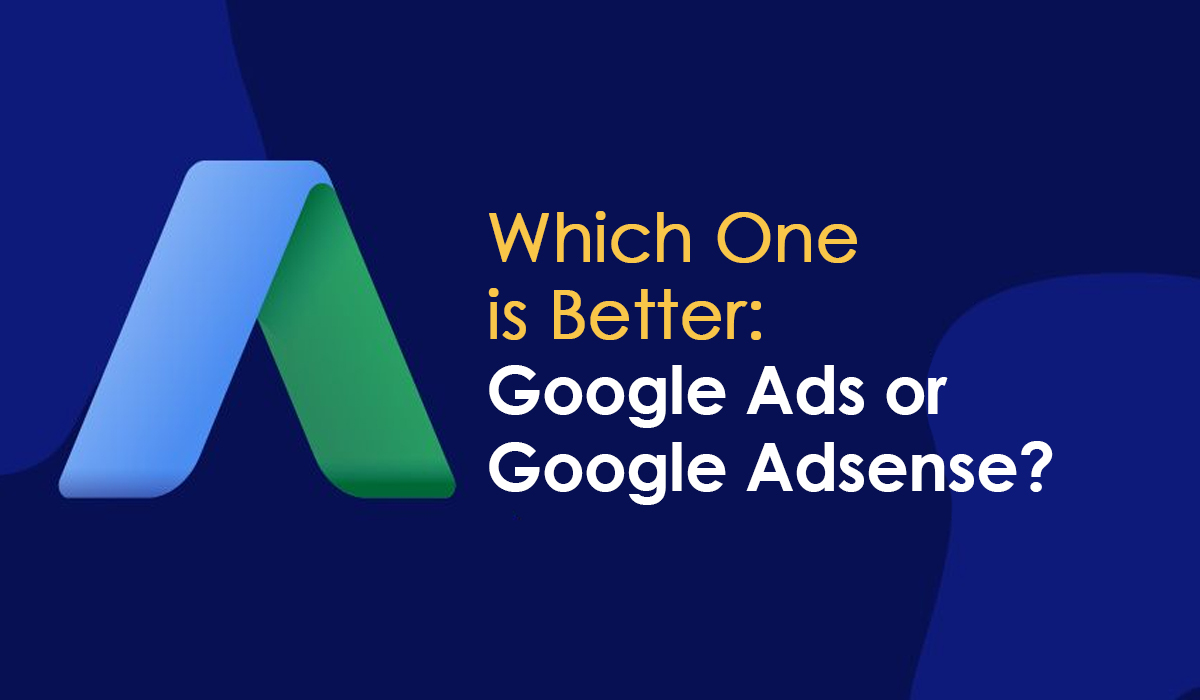
Google offers two distinct advertising platforms: Ads and AdSense, each with a distinct goal and set of capabilities.
Google Ads is an advertising platform that enables companies to design and publish advertisements on YouTube, Google’s search results pages, and other websites and mobile applications that are a part of the Google Display Network. Advertisers can use various variables, including keywords, geography, demographics, and interests, to target their adverts to particular audiences. The cost of advertising on Google AdWords is primarily determined by a pay-per-click (PPC) model, in which advertisers are charged every time a user clicks on their advertisement.
On the other hand, Google AdSense is a service that enables website owners to make money by placing advertisements on their websites. Visitors who click on or watch the ads generate revenue for the website owner thanks to AdSense, which matches adverts to the website’s content. Website owners can monetize their traffic and generate passive money with AdSense.
So, the better option will depend on your objectives. Google AdWords might be a better choice if you are a business trying to advertise your goods or services. Google AdSense, however, can be a fantastic option if you are a website owner trying to monetize your traffic.
Final Words
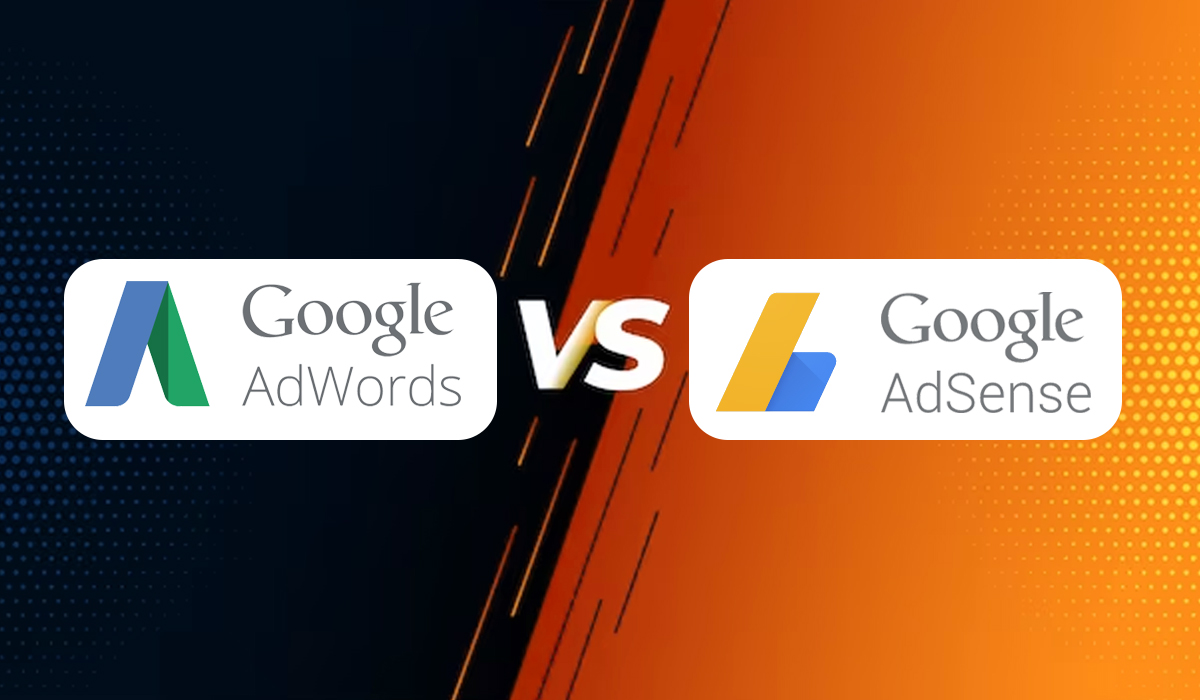
In conclusion, although Google built AdWords and AdSense, they perform separate functions and have different user demographics.
The main distinction between Google Ads and Google AdSense is that. In contrast, AdSense is made for website owners to monetize their content, and Ads is made for advertisers to reach potential customers. While AdSense is a fantastic way for website owners to monetize their content, Google Ads is a potent tool for businesses to increase traffic and sales.
In conclusion, Google AdSense and Google Ads are useful platforms with distinct functions. Businesses and website owners may choose which platform to use and how to get the most out of it by being aware of the distinctions between them.

